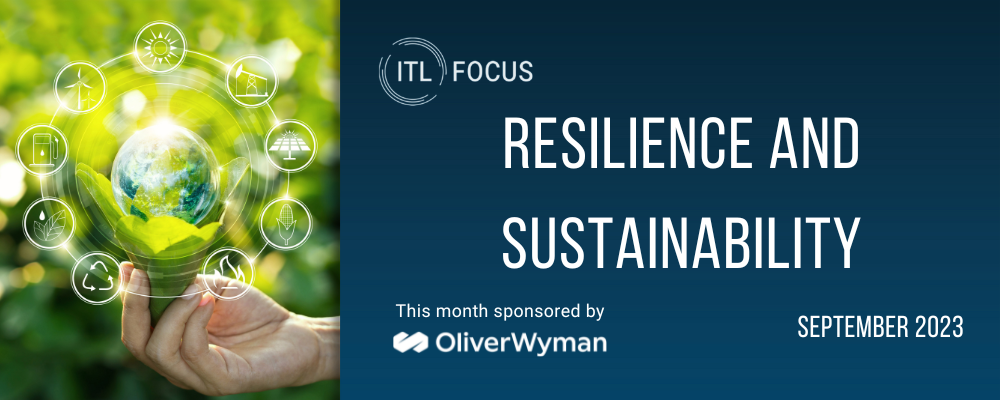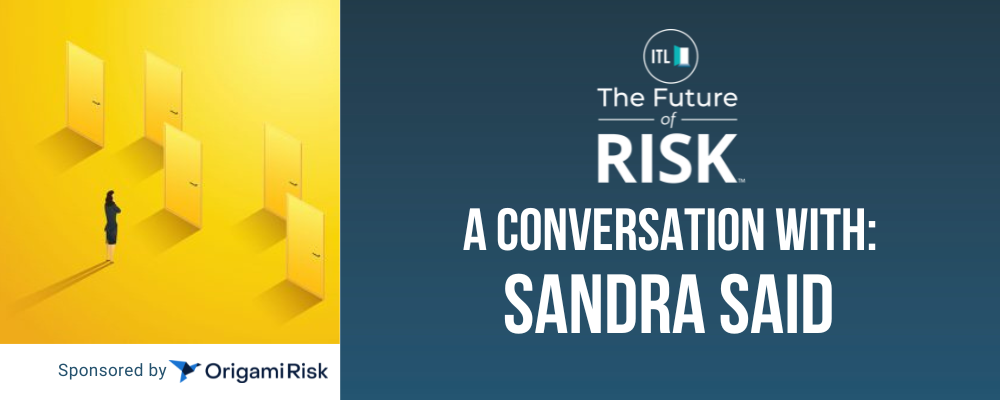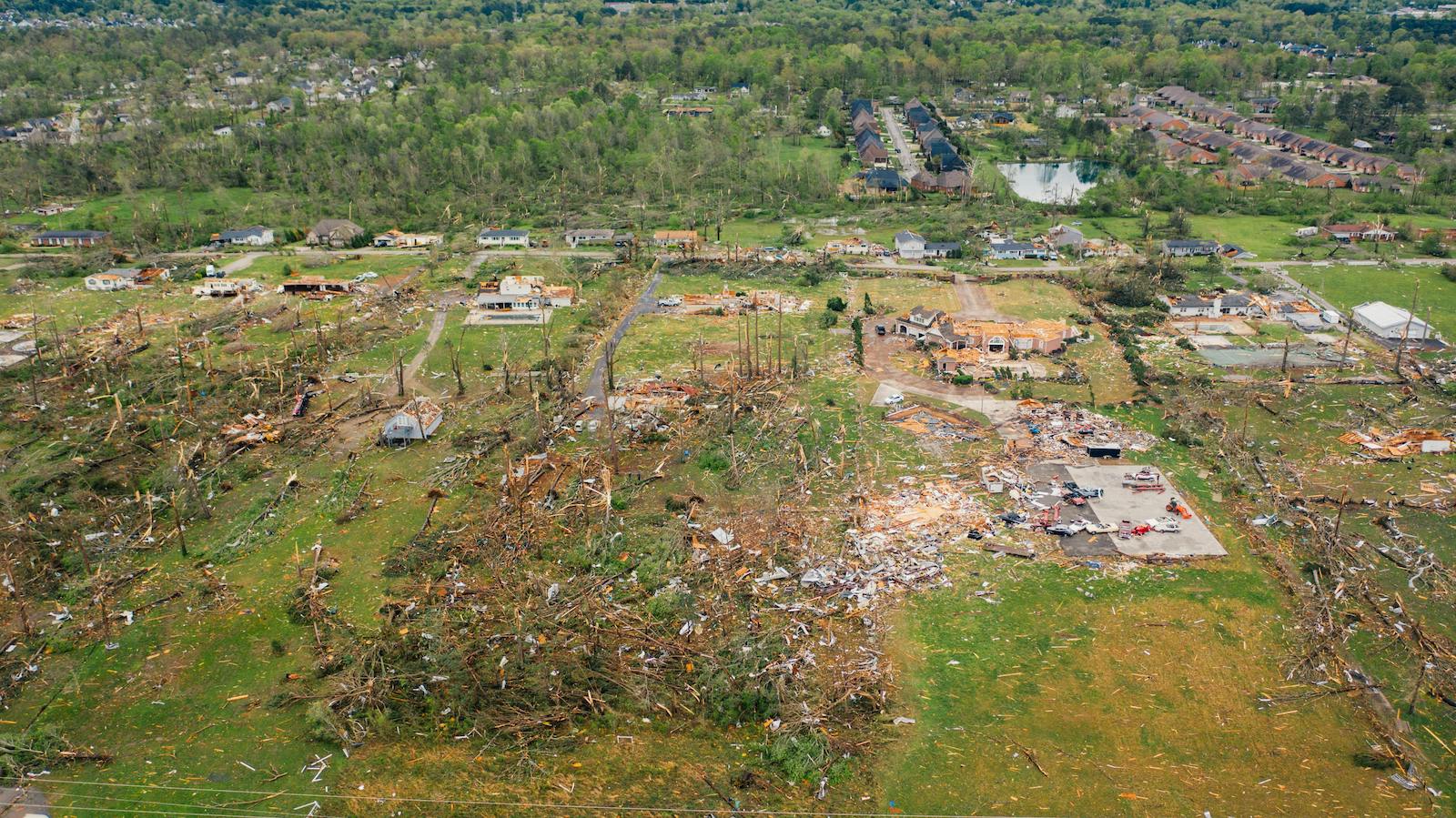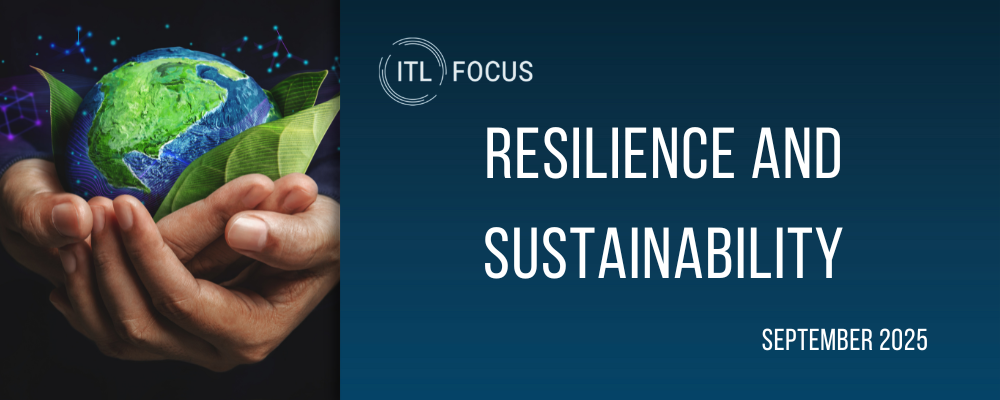|
"No insurance, no finance. No finance, no project. No project, no transition."
Alex Wittenberg, a partner at Oliver Wyman, says that phrase governs the transition from fossil fuels to a clean energy economy. By now, everyone acknowledges that the transition is under way, but it has to begin with insurance.
And the insurance piece of the puzzle can be so very complicated.
Think about an offshore wind farm. The turbines have to be erected under difficult conditions. The mast may stick 260 meters out of the water. Each blade can be 100 meters long, so the rotor can be 220 meters long.
Wind turbines are huge, powerful, complex machines, and it's hard for insurers to find the technical expertise to fully understand them -- there are few enough experts, and the field is new enough that the experts want to be on the front lines, innovating. Adding to the complications: Installations are tailored to their environment, so even if you can figure out all the technical issues on one project, you can't just apply that learning across the board.
There is, of course, limited historical data, given how innovative these projects are... and the technical issues are just the start.
You also have to figure out what the supply chain looks like -- and might look like when a repair is needed. Will, say, a replacement blade be available when you need it? How quickly will you be able to ship this 110-meter-long, high-performance blade to where it's needed? Will a ship and repair crew be ready to make the repairs, and how long will it take them to get to the site?
Understanding those issues may be even more important than having a good estimate on the likelihood of damage and costs of the repair, because the utility operating the wind farm will still have to deliver the electricity it's contracted to provide, and a lengthy delay could lead to enormous expenses.
The good news, Alex says, is that insurers are starting to figure out new structures that can accommodate the needs of utilities. They'll look very different from traditional insurance structures -- involving a mix of captives, traditional insurance but with significant sub-limits for natural catastrophe perils, more risk retention by the utilities and perhaps CAT bonds.
These structures will take some getting used to. Public utility commissions, for instance, are accustomed to seeing a hefty amount of insurance attached to a power project, and they'll have to work their way through these new approaches.
But, Alex says, "Over time, both individual carriers and the overall market are going to better understand the underlying drivers of profitability and provide a much more stable, albeit potentially smaller, source of capacity. I think they are already getting there."
Cheers,
Paul
|





















